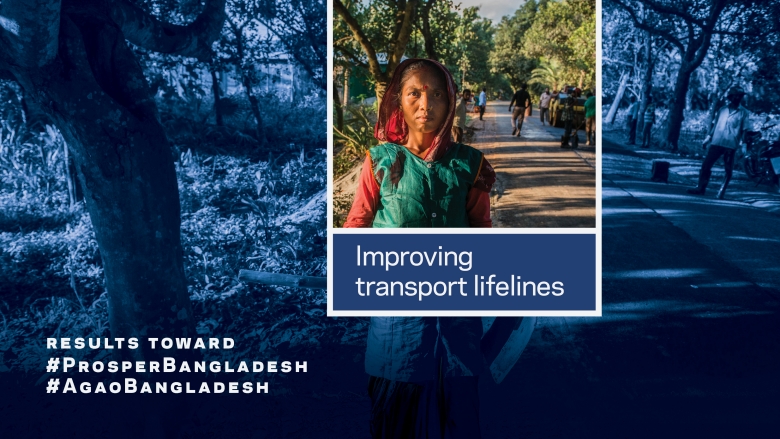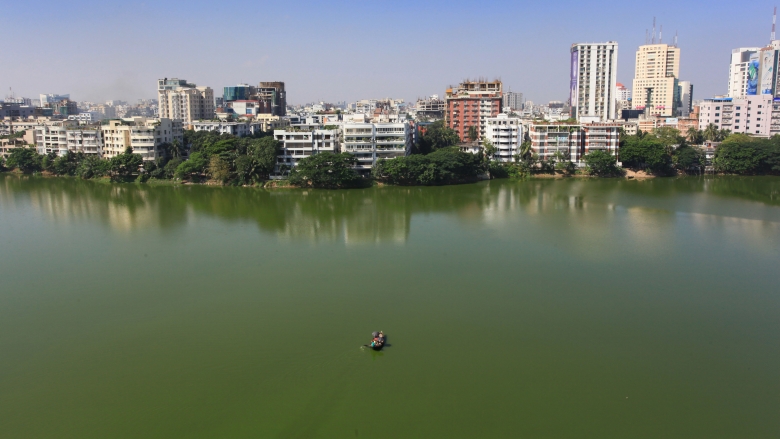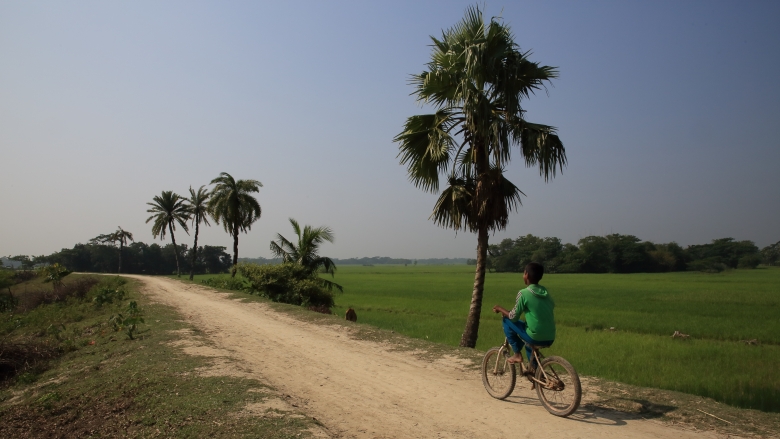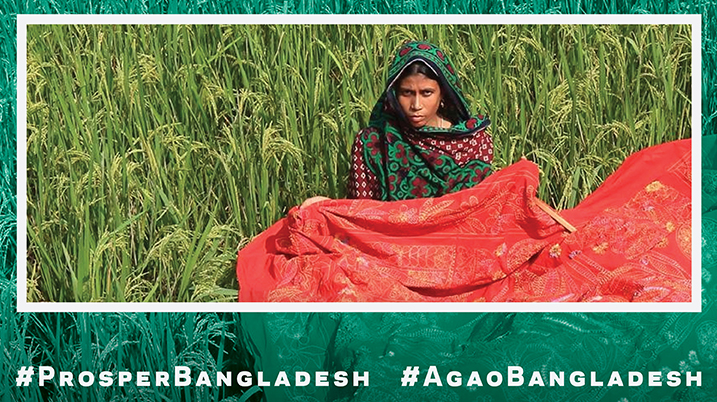Challenges – Weak arteries for quality of life and commercial vitality
Bangladesh’s network of 3,900 kilometers of inland waterways are the only mode of transport for 12 percent of country’s rural communities. Carrying about 194 million tons of cargo and roughly 25 percent of all of Bangladesh’s passenger traffic each year, inland waterway transport is less expensive for the poor and essential for trade among the country’s biggest cites and with neighboring India and Bhutan. Moreover, better inland waterways can help Bangladesh reduce road traffic and associated greenhouse gas emissions.
Nonetheless, Bangladesh’s transportation sector receives insufficient funding. Important navigation channels suffer from poor maintenance, and they lack adequate depth for navigation and safety infrastructure. Most river port facilities for cargo and passengers are dilapidated with unsafe conditions and not hospitable to women and vulnerable populations.
Bangladesh’s rural road network is essential for improving the health, education, and the livelihoods of about 66 percent of the county’s people. Yet the rural roads across the country badly need regular repair and rehabilitation. Poor quality, construction, and carrying capacity of part of the secondary and tertiary road network is common, and large portions of roads are impassable during the rainy season. Yet, the national maintenance budget for rural roads is increasingly in deficit. Road repair is often reactive and, therefore, more expensive over the long run.
Urban transportation is also important to the quality of life and commercial vitality of Bangladesh’s cities. But urban traffic congestion is a major feature of urban life in Bangladesh due to the scarce road space (7.5 percent of total land area – far less than many other major metro areas around the world).[1]
Also, weak public mass transport, ineffective traffic control, the mix of motorized and non-motorized vehicles, poor road manners, illegal parking, and the presence of hawkers contribute to excessive traffic congestion. Those factors increase travel time and economic loss, and they have detrimental consequences for public health and the environment. The number of vehicles on city roads in Bangladesh increased 16 times between 2001 and 2013, while motorized public transport accounts for only 23 percent of trips. Seven ministries and 13 agencies are responsible for various aspects of Dhaka’s urban transport, but there is little constructive coordination among them.
[1] Much less than 11 percent in Bangkok, 16 percent in Tokyo and 20 and 30 percent in U.S. cities.




